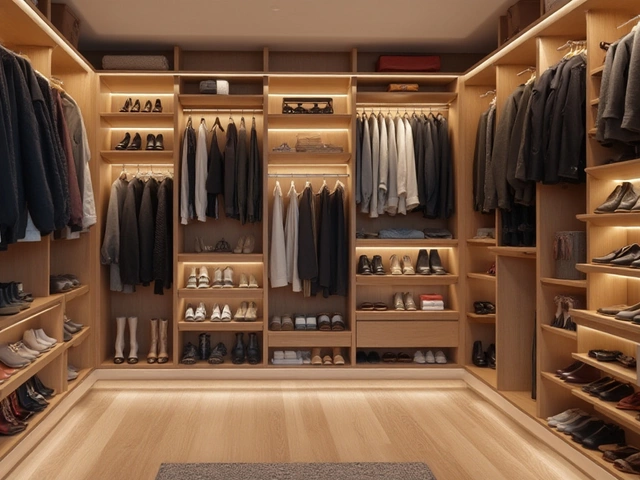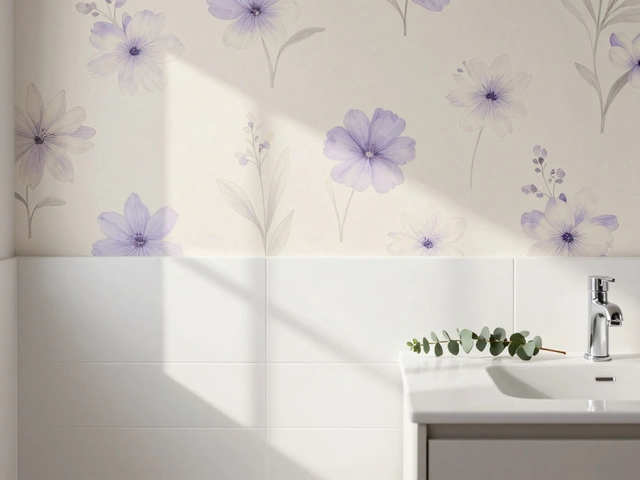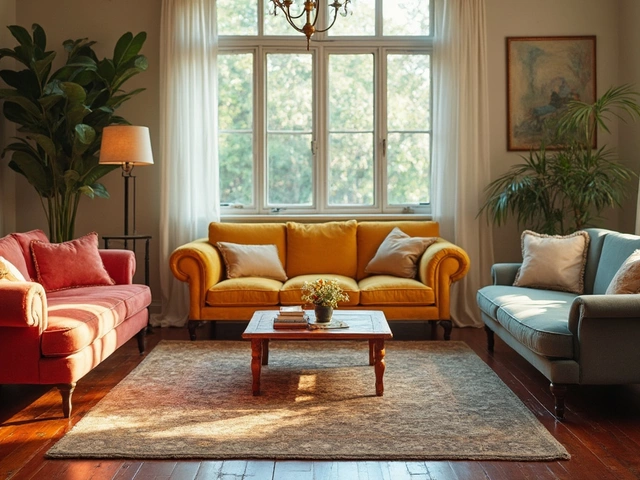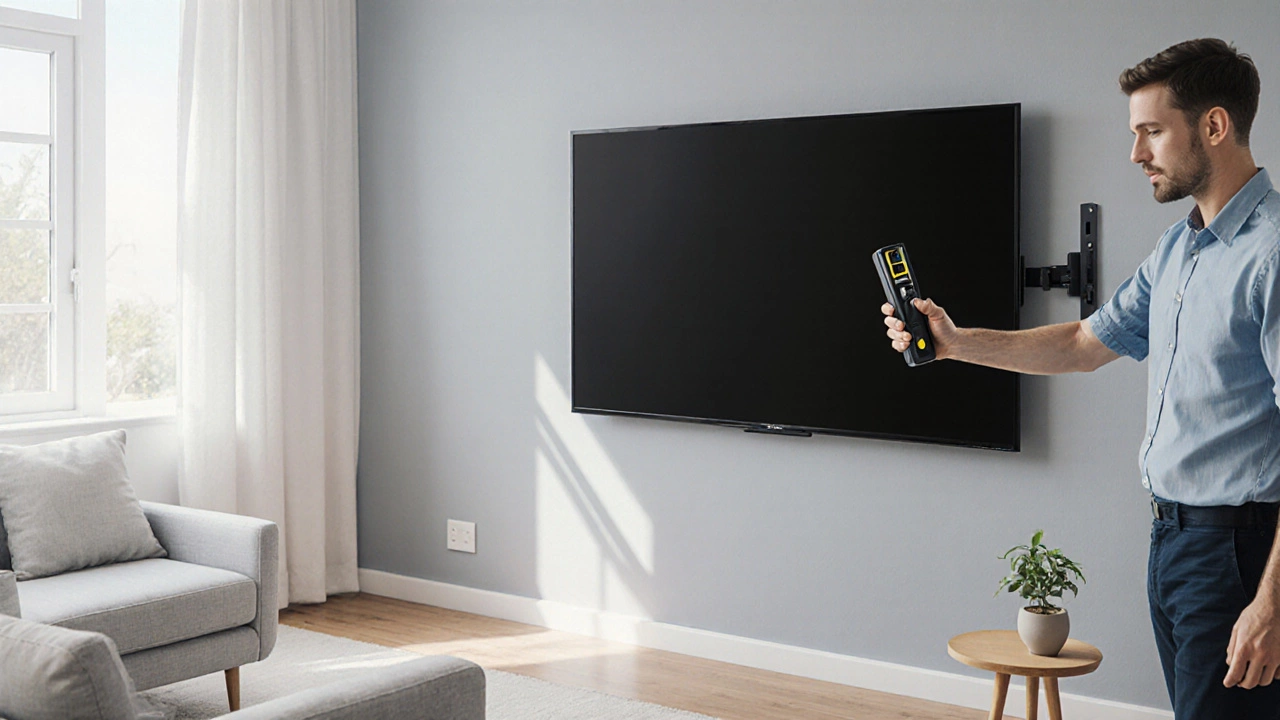
TV Mounting Cost Calculator
Select Your TV Mounting Solution
Select your TV size and mounting type to see costs and suitability
When the standard TV leg alternatives is a simple metal or plastic support that lifts a flat‑screen just a few inches off the floor, it often feels limiting. Maybe the legs clash with your décor, the TV wobbles, or you need extra storage. The good news? There’s a whole toolbox of options that can turn a plain TV into a design feature, a storage solution, or a room‑saving hack.
Quick Takeaways
- Wall‑mounting is the space‑saving champion, but it requires studs and a sturdy bracket.
- Floor‑standing media cabinets hide cables and add shelves for consoles and books.
- DIY crates, pallets, and pipe racks give an industrial vibe at a low cost.
- Floating shelves create a sleek, “floating” look while keeping the TV at eye level.
- Consider weight capacity, cable access, and room layout before you pick.
Why Replace Standard TV Legs?
People ditch the original legs for three main reasons:
- Style clash - The metal tripod looks out of place in a cozy cottage or a minimalist loft.
- Space constraints - Small apartments need furniture that does double duty.
- Functionality gaps - You might want extra storage, better cable management, or a safer mounting for kids.
Understanding the why helps you choose a solution that actually solves the problem, not just another eyesore.
Top Alternatives to TV Legs
1. Wall mount
A wall‑mount puts the TV flush against the wall, freeing up floor space entirely. Modern brackets tilt and swivel, so you can watch from any seat. The trade‑off is the need for studs or a solid backing and a bit of DIY skill.
2. Floor‑standing media cabinet
These cabinets act like a giant TV stand, offering shelves for consoles, games, and books. Look for models with built‑in cable channels to keep the back neat. Some even have hidden doors for a clean look.
3. Decorative wooden crate
Stack a pair of reclaimed crates and slap a board on top. It’s a budget‑friendly project that adds rustic charm. Secure the TV with non‑slip pads and a simple bracket.
4. Reclaimed wood pallet
Unscrew a pallet, sand it, and you have a rugged base. Paint or stain to match your room, then add casters for mobile flexibility.
5. Industrial pipe rack
Pipe fittings and wooden planks create a loft‑style stand that looks like something out of a workshop. It’s sturdy enough for large screens and makes a bold visual statement.
6. Floating shelf
Fixed to the wall with concealed brackets, a floating shelf holds the TV at eye level and can double as a shelf for décor. Choose a thick, load‑bearing shelf to avoid sagging.
7. DIY riser
Build a simple riser from stacked books, a sturdy box, or even concrete blocks. Add a non‑slip mat on top and you’ve lifted the TV without buying a new stand.
8. Custom swivel base
For rooms where you watch from multiple angles, a swivel base lets you rotate the TV without moving the entire unit. You can buy a pre‑made base or fabricate one with a lazy‑Susan bearing.
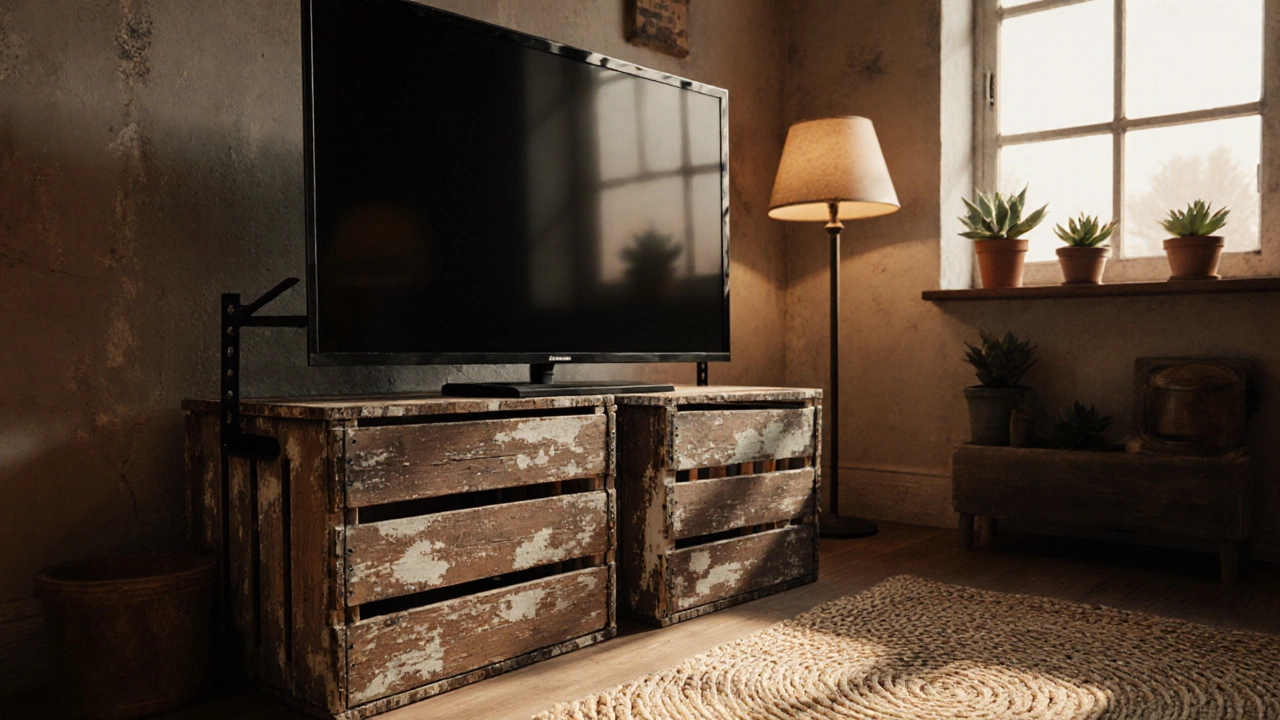
How to Choose the Right Alternative
Match the solution to your living space and lifestyle. Use this quick decision matrix:
- Room size: Small rooms benefit from wall mounts or floating shelves.
- Storage need: Media cabinets and crates add shelves for gadgets.
- DIY comfort: If you love a project, pallets or pipe racks are fun.
- Kids/pets: Keep the TV higher or use a secure wall mount to avoid tipping.
- Budget: Crates and pallets can be sourced for under $50, while custom cabinets run $300+.
Installation Tips and Safety
Regardless of the option, safety is non‑negotiable.
- Check the TV’s weight and VESA pattern (the four‑hole mounting standard) before buying any bracket or base.
- Use a stud finder for wall mounts; if you can’t locate studs, opt for a high‑strength toggle bolt.
- Secure cables with zip ties or cable covers to prevent accidental pulls.
- When building DIY stands, reinforce joints with metal brackets or wood glue.
- Test the stability by gently nudging the TV after installation; it should feel rock‑solid.
Cost Overview
Below is a rough price range for each alternative in 2025 NewZealand dollars (NZD). Prices fluctuate based on material quality and retailer.
| Alternative | Typical Cost (NZD) | Installation Difficulty | Storage Provided |
|---|---|---|---|
| Wall mount | $80 - $250 | Medium (studs required) | No |
| Media cabinet | $200 - $600 | Low | High |
| Decorative crate | $30 - $100 | Low (DIY) | Medium |
| Reclaimed pallet | $20 - $80 | Low (DIY) | Low |
| Industrial pipe rack | $100 - $250 | Medium (DIY) | Medium |
| Floating shelf | $70 - $200 | Medium (wall anchors) | No |
| DIY riser | $10 - $40 | Very low | Low |
| Custom swivel base | $150 - $350 | Medium | No |
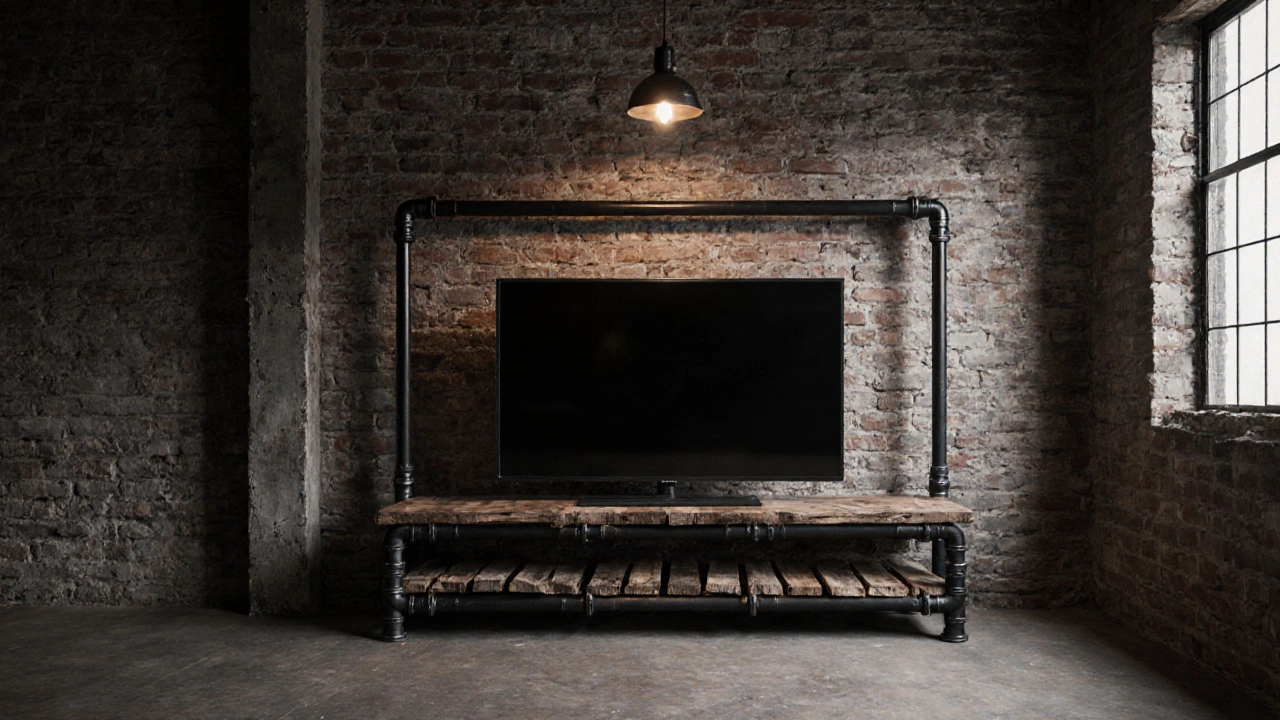
Styling and Maintenance
Once your new base is in place, think about the look you want to achieve:
- Minimalist: Choose a clean wall mount with a thin floating shelf.
- Industrial: Pair a pipe rack with matte black brackets.
- Cozy cottage: A distressed wooden crate adds warmth.
Keep the area dust‑free by wiping the surfaces weekly. If you use wood, a light coat of wax every few months preserves the finish.
Frequently Asked Questions
Can I mount a TV on drywall without studs?
Yes, but you’ll need high‑strength toggle bolts or a metal anchoring system rated for the TV’s weight. It’s safer to locate a studs‑filled area whenever possible.
What’s the safest DIY alternative for a heavy 75‑inch TV?
A sturdy media cabinet with reinforced legs or an industrial pipe rack built to a solid frame will give the best support. Always double‑check the load rating of the materials.
Will a floating shelf hide the TV’s rear cables?
Only if the shelf is deep enough and you route the cables inside a hollow channel or use a cable concealer. Otherwise, the cables will be visible.
Are reclaimed pallets strong enough for a TV base?
When the pallet is in good condition, sanded, and reinforced with corner brackets, it can safely hold a TV up to roughly 50kg. Always test the stability before full use.
How high should a TV be mounted for comfortable viewing?
The center of the screen should be at eye level when seated, typically 42-46inches from the floor for an average sofa height.
Next Steps
Pick the alternative that matches your style, budget, and room layout. Gather the tools - stud finder, drill, level, and safety goggles - and follow the installation tips above. After you’ve set it up, enjoy a neater space and a TV that actually fits your home.

